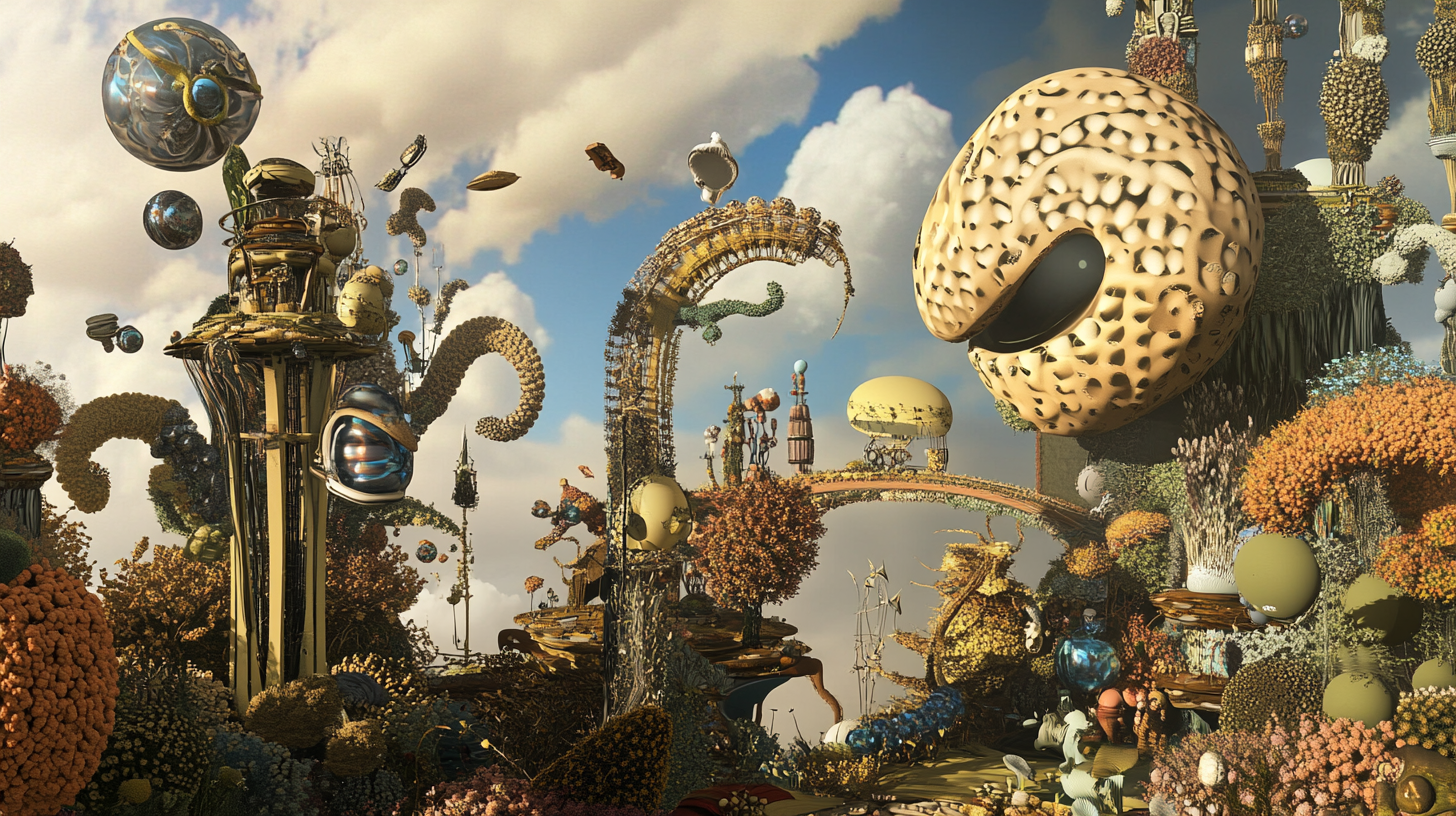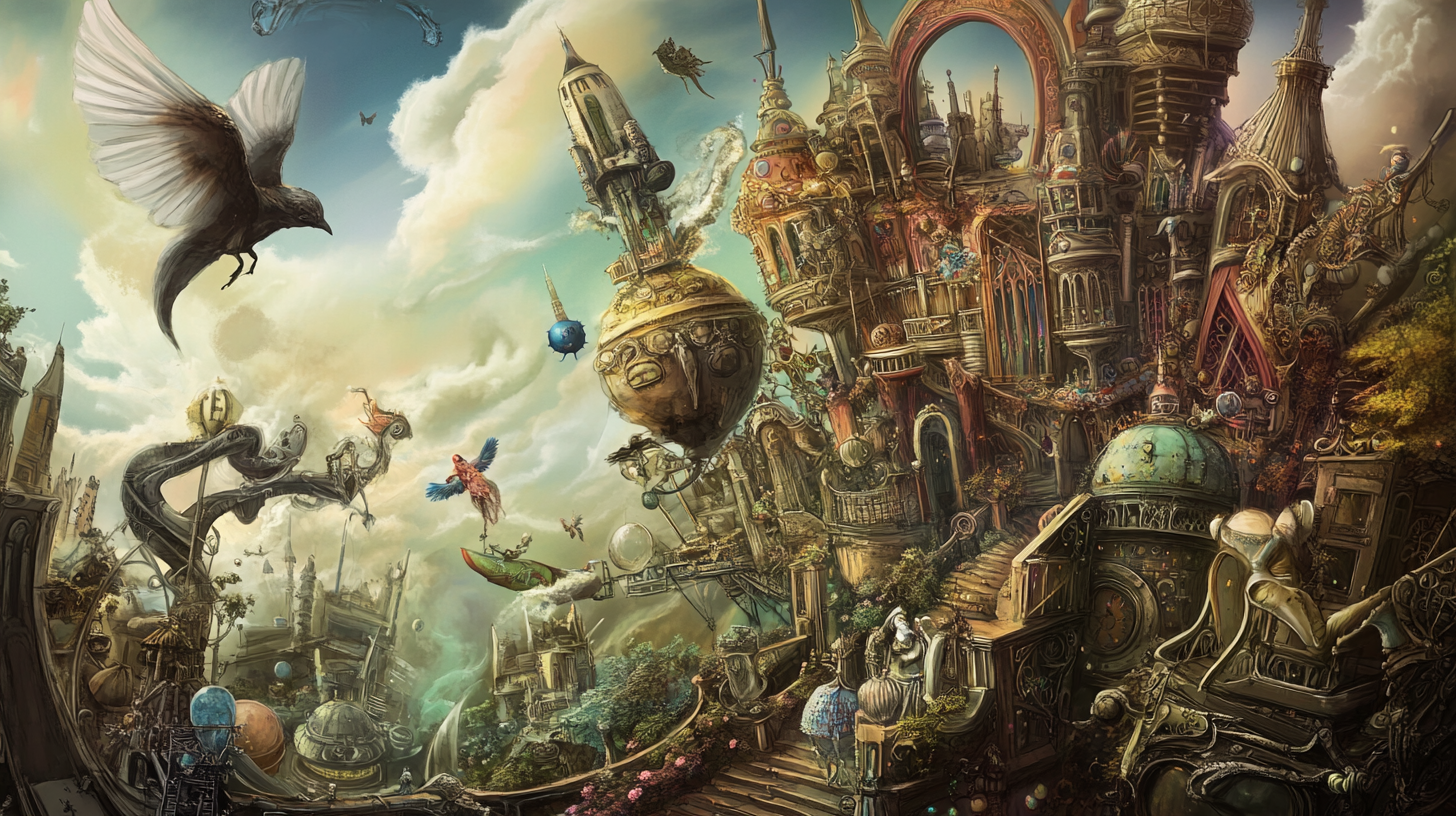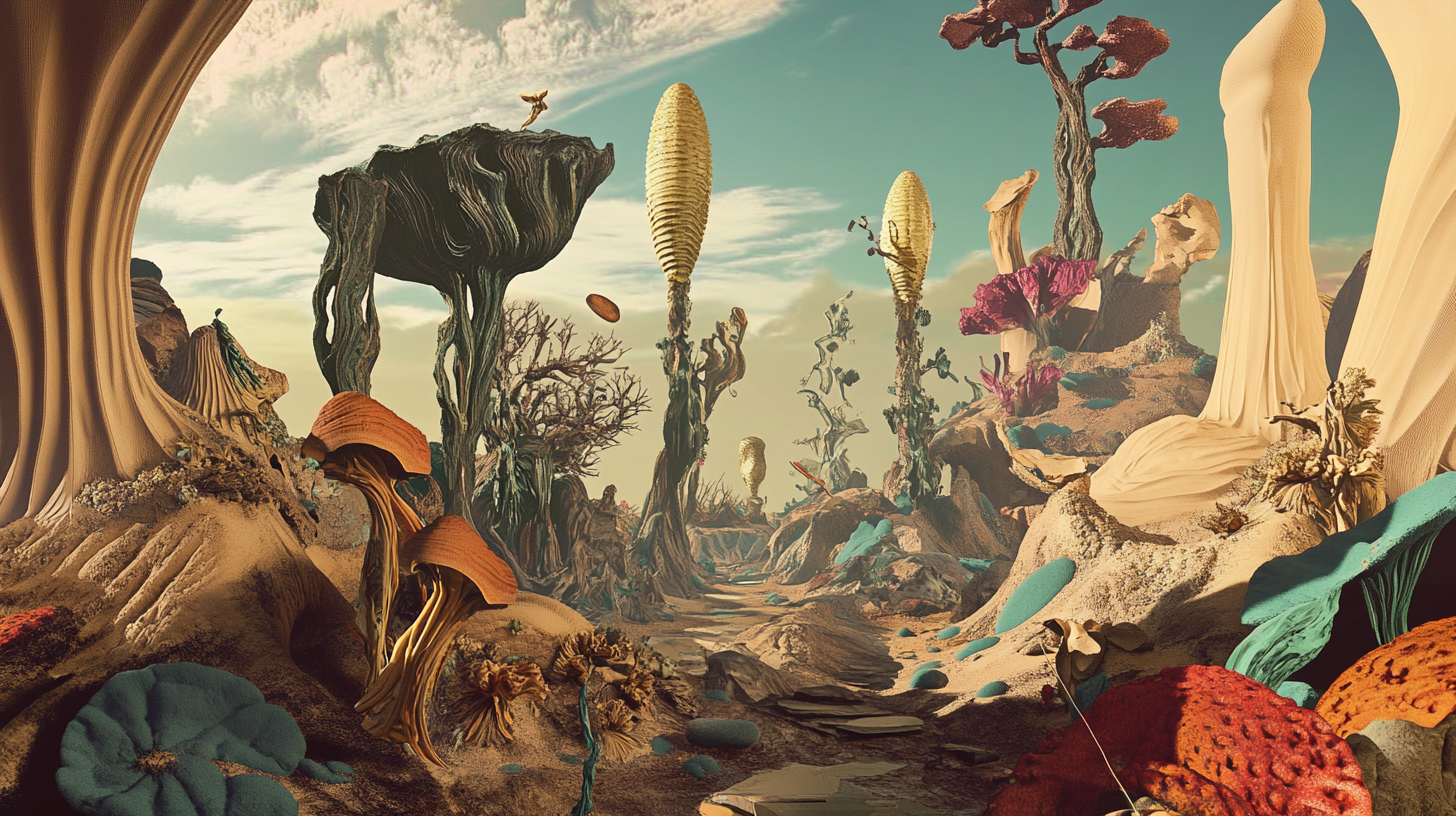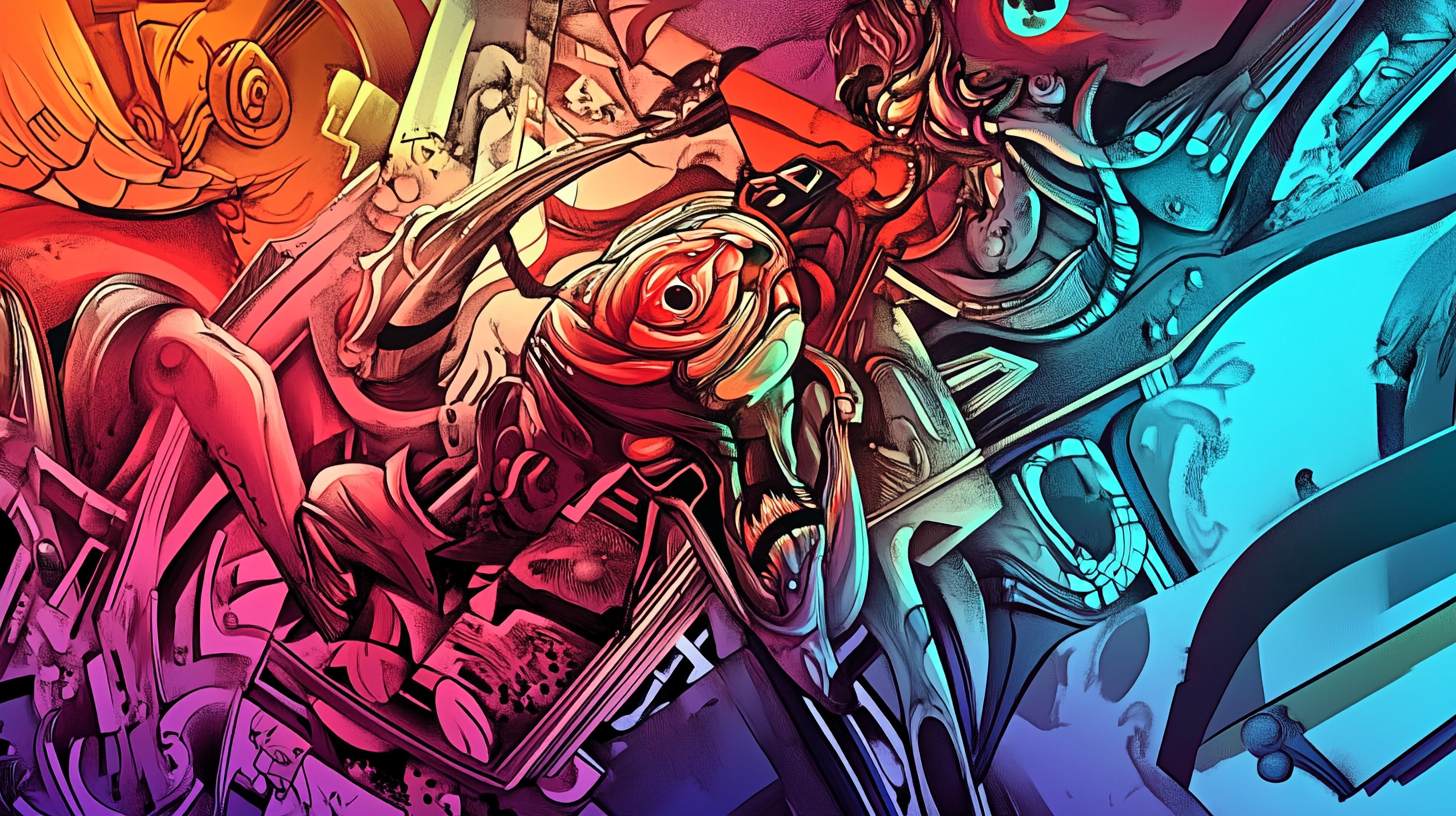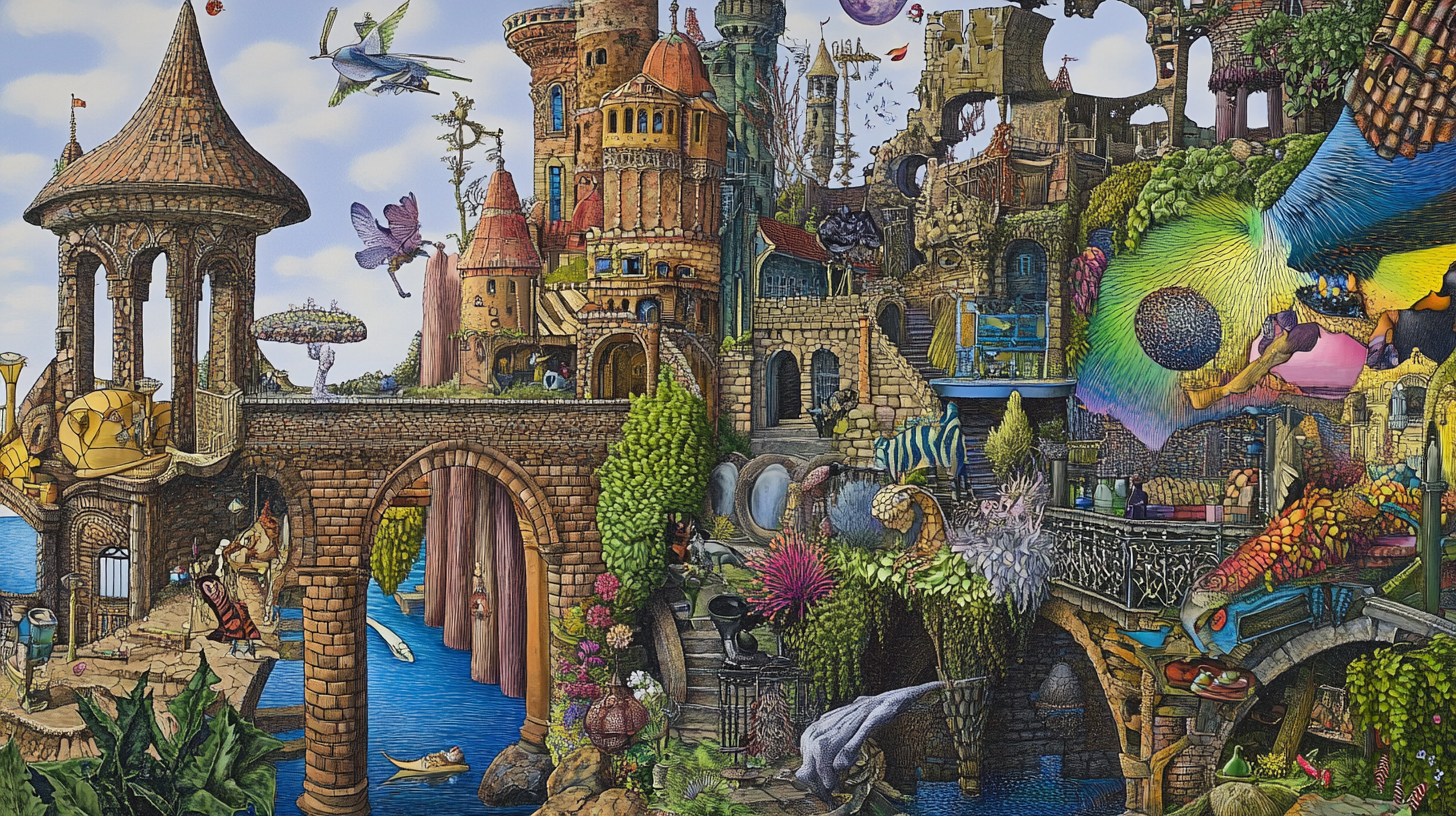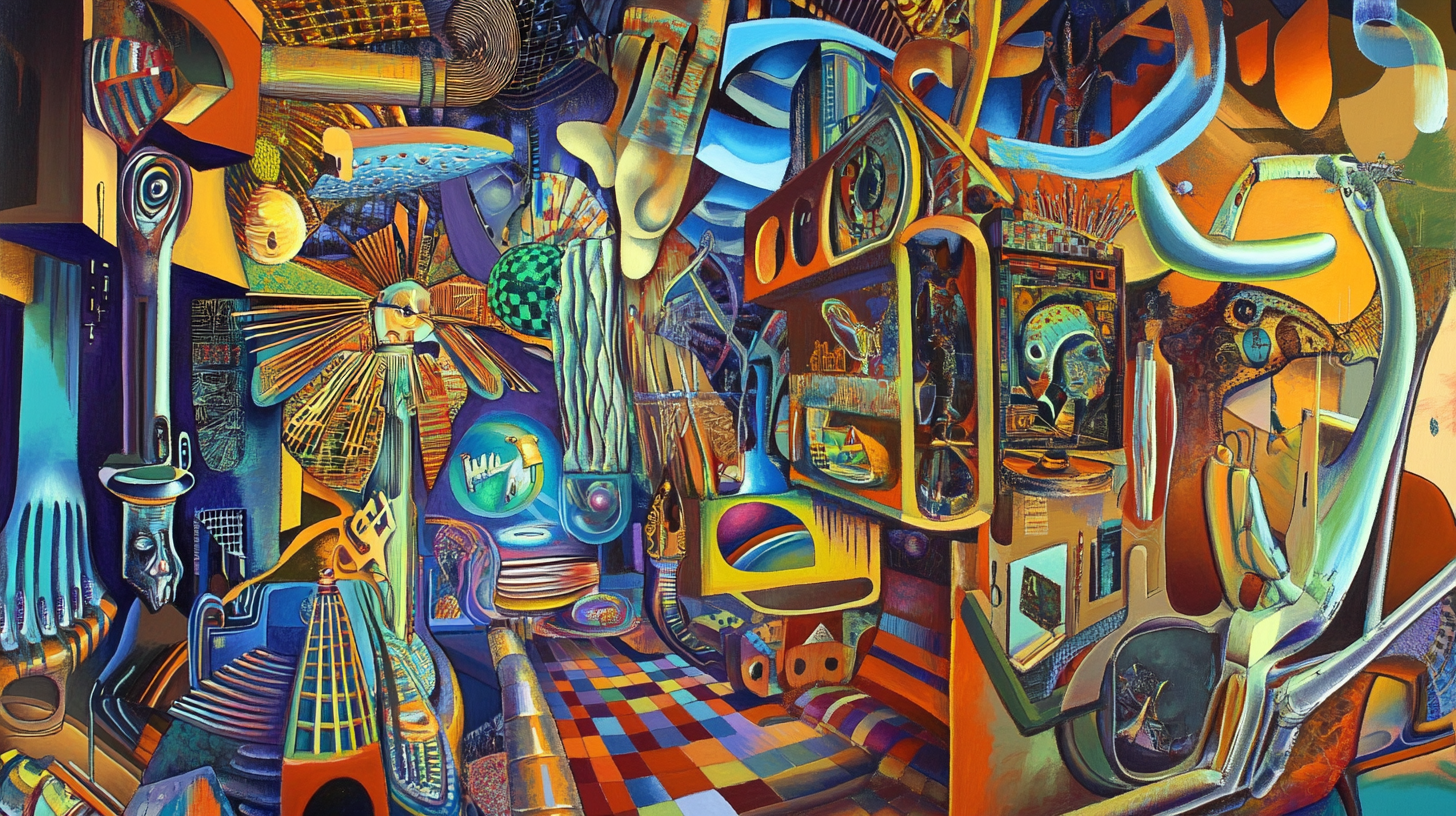Neoclassicism
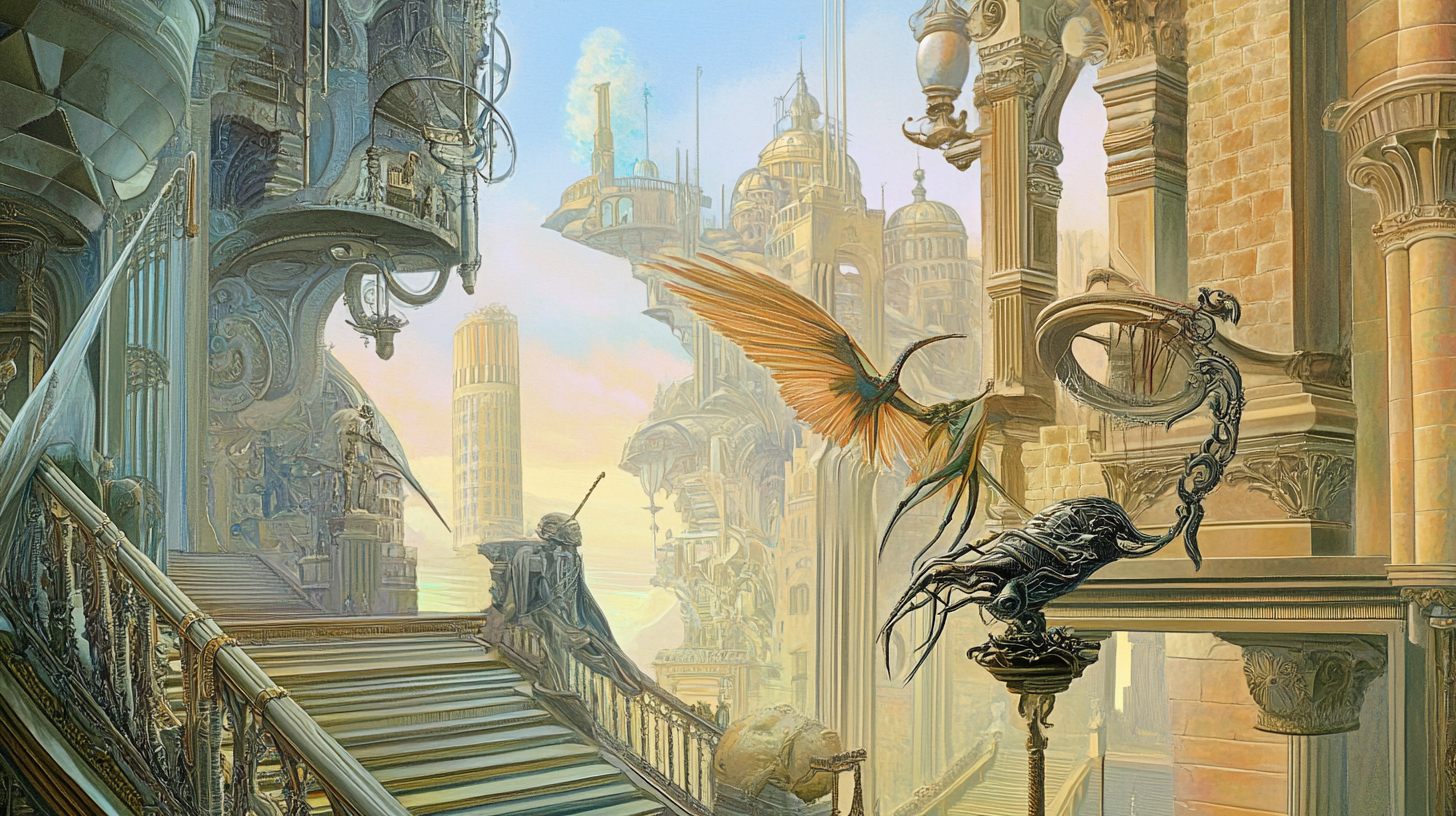 AI-Generated ImageAI-Generated Image
AI-Generated ImageAI-Generated Image Neoclassicism is an influential 18th-century art movement that revived the ideals of classical antiquity, celebrating harmony, proportion, and rational beauty. Drawing inspiration from the art and architecture of ancient Greece and Rome, Neoclassical artists sought moral clarity and disciplined elegance in contrast to the ornate excesses of the Baroque and Rococo eras. In the digital age, the Output.GURU AI creative generator reimagines this tradition through AI neoclassical revival, blending timeless symmetry with AI-generated art that unites classical form and modern precision — a meeting of ancient order and intelligent design.
Visually, Neoclassical art features precise lines, smooth surfaces, balanced compositions, and often depicts heroic, historical, or mythological subjects rendered with calm dignity. Key figures include Jacques-Louis David, Jean-Auguste-Dominique Ingres, and Antonio Canova.
In modern and AI-generated contexts, Neoclassicism lends a timeless, refined aesthetic—ideal for projects that aim to evoke structure, nobility, and intellectual grace through classical forms and disciplined design.
 AI-Generated Image
AI-Generated Image AI-Generated Image
AI-Generated Image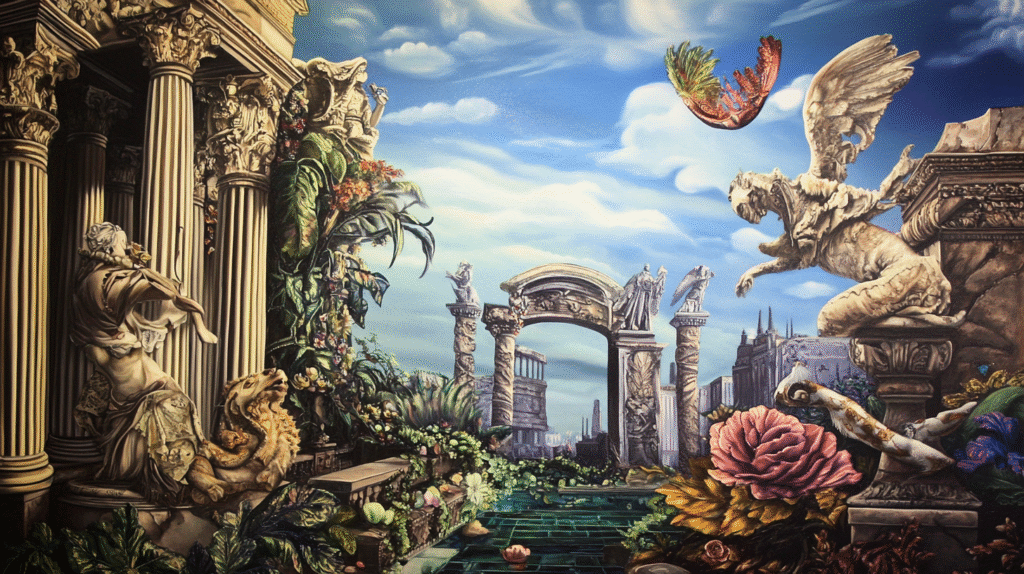 AI-Generated Image
AI-Generated Image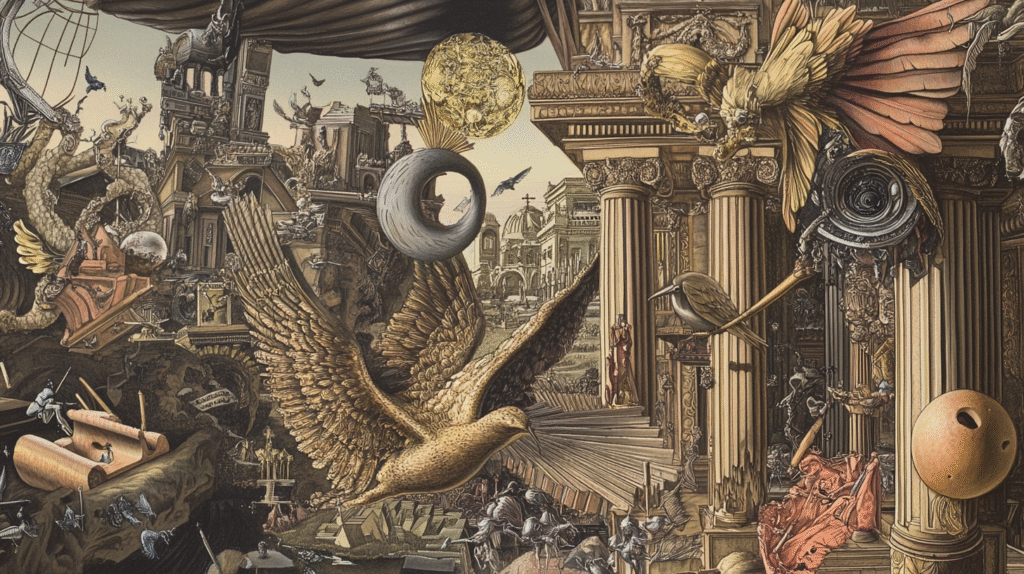 AI-Generated Image
AI-Generated ImageFrequently Asked Questions
What is Neoclassicism?
Neoclassicism is an 18th-century art movement that revived the ideals of classical antiquity, emphasizing harmony, order, and rational beauty.
Which artists are considered key figures in Neoclassicism?
Key figures include Jacques-Louis David, Jean-Auguste-Dominique Ingres, and Antonio Canova.
What characteristics define Neoclassical art?
Neoclassical art features precise lines, smooth surfaces, balanced compositions, and often depicts heroic, historical, or mythological subjects with calm dignity.

